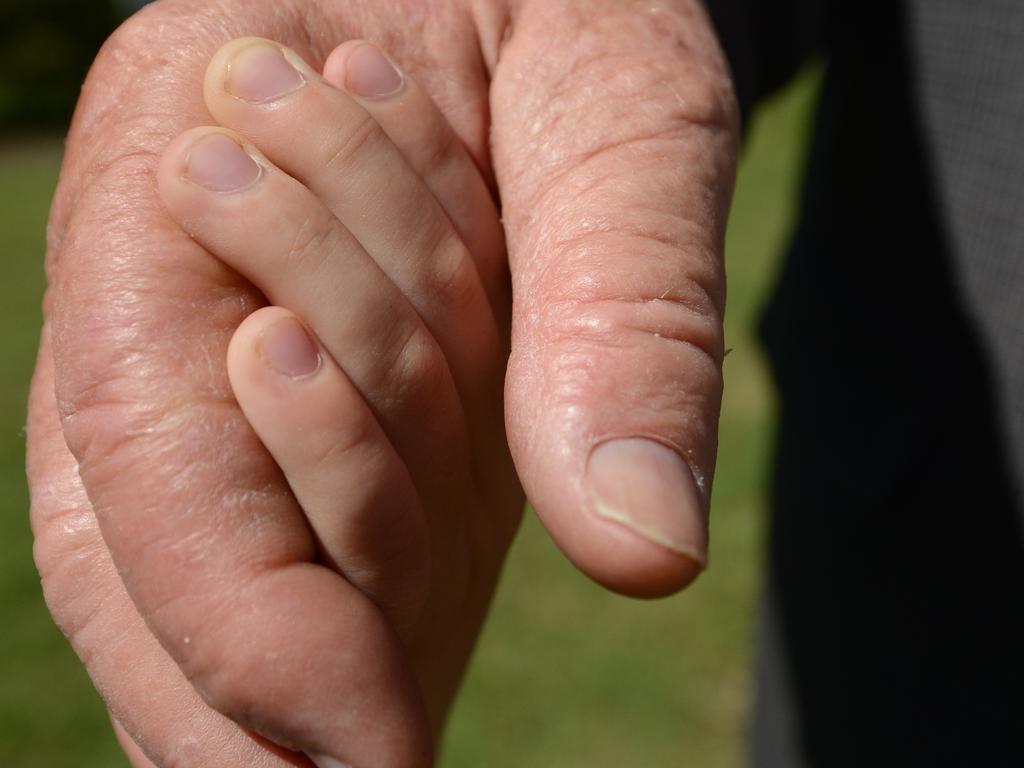Reforms put aged-care homes at risk of ‘ruin’
Hundreds of residential aged-care homes could collapse after new reforms punched a half-billion-dollar hole in the sector’s budget.

Hundreds of residential aged-care homes could collapse after new reforms aimed at improving residents’ care punched a half- billion-dollar hole in the sector’s budget, the industry’s peak body has warned.
Aged and Community Care Providers Association chief executive Paul Sadler said one third of homes in Australia faced closure, leaving thousands of residents “homeless”, because the government’s new funding model would fail to cover the cost of additional requirements for residential homes.
Legislation passed in July increased funding from an average of $195 to $225 per resident per day. The cash boost, to start next month, was designed to help providers hire and train more staff, produce quarterly financial reports (rather than annual) and meet new quality standards.
Providers are racing to expand their workforces before they are required to meet a mandated 200 care minutes per resident each day, including 40 minutes with a registered nurse, commencing in October 2023.
A financial analysis has found the funding is insufficient. StewartBrown, an accountancy firm that specialises in aged-care research, has forecast an estimated funding gap of nearly $499m by next year. It said annual wage increases, rising inflation and mandated care minutes would increase the cost of resident care to $231.81 per person per day, leaving a $6.89 shortfall of funding per day per person.
In a survey of 55 per cent of all residential aged care homes during the past financial year, the firm found nearly one third of homes were already operating in a cash deficit, sparking warnings from Mr Sadler that the new reforms would push indebted providers over the brink.
“We are hearing from metro and regional providers that they will struggle to cover the full cost of care minutes and added administration costs even with the additional funding, and again this becomes even more acute in regional settings,” Mr Sadler said.
“The second concern is … whether there will be enough staff there in the first place. The whole sector is likely to experience underfunding.”
The government will introduce a mandate of 24/7 nurses in aged-care homes from October next year, exacerbating the strain on the sector’s overstretched workforce.
Mr Sadler estimated hundreds of providers would seek exemptions to the push for a 24/7 nurse mandate and about one in five providers, or 500 homes, would be unable to put a registered nurse on overnight.
The government disputed the findings of the analysis by StewartBrown, with the Department of Aged Care saying its own analysis found the new funding arrangements would be sufficient for facilities to deliver the increased minutes of care.
“StewartBrown’s analysis assumes that only 65 to 70 per cent of care funding should be spent on direct care, taking into account a gap between funding and care expenditure. This is much lower than the current average, and is unlikely to be acceptable to the community,” it said. “The new aged-care reforms will not put residential aged-care homes at risk of closure.”
The department said that from October 1, a “substantial funding uplift” would commence to help providers meet the 200 care minutes requirement. “The uplift is equivalent to around $5.4bn in funding for the sector over the four financial years from 2023-24,” it said. “At a per resident level, funding is expected to increase from an average of $192 per resident per day … to $225 per resident per day.”
It said that 2022-23 residential care funding would increase by 13 per cent to $17bn and the average government funding per resident would be more than $85,000.
Provider Whiddon’s chief executive, Chris Marmarelis, said the majority of homes would be “net worse off” in 2023.
He acknowledged the laws were an improvement on the previous model after the royal commission into aged care found it had rewarded homes with the highest proportion of sick residents. However, Mr Marmarelis expressed concern the projected funding was not sufficient to cover the new requirements.
Eldercare chief executive Jane Pickering said the provider had forecast a $3m funding gap by October next year.
Ms Pickering said it would be able to meet the 200 minutes but had “no idea” how it would fund or comply with a 40-minute nursing care mandate as it grappled with a shortage of 30 nurses.





To join the conversation, please log in. Don't have an account? Register
Join the conversation, you are commenting as Logout